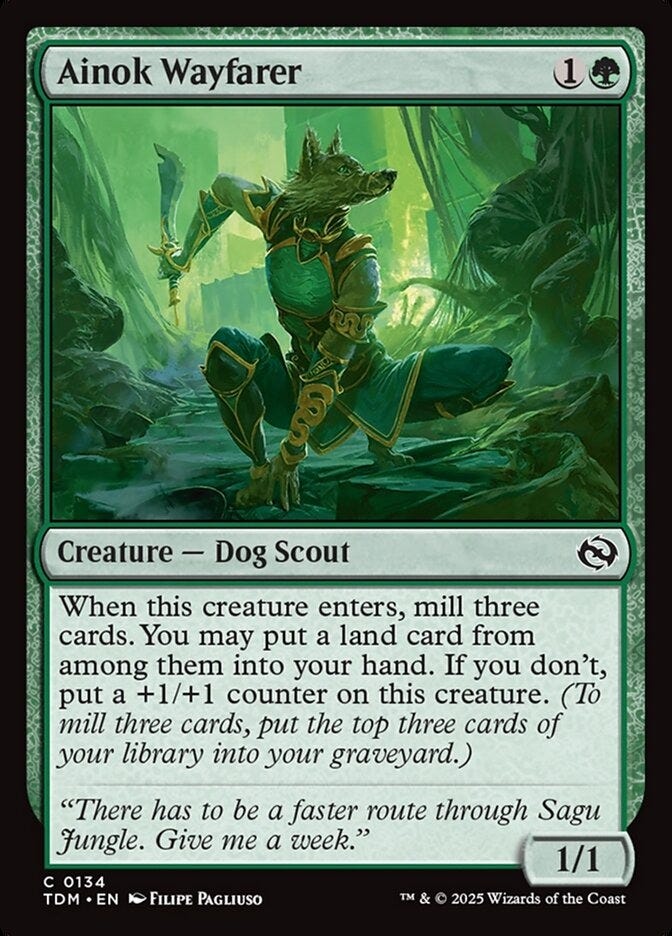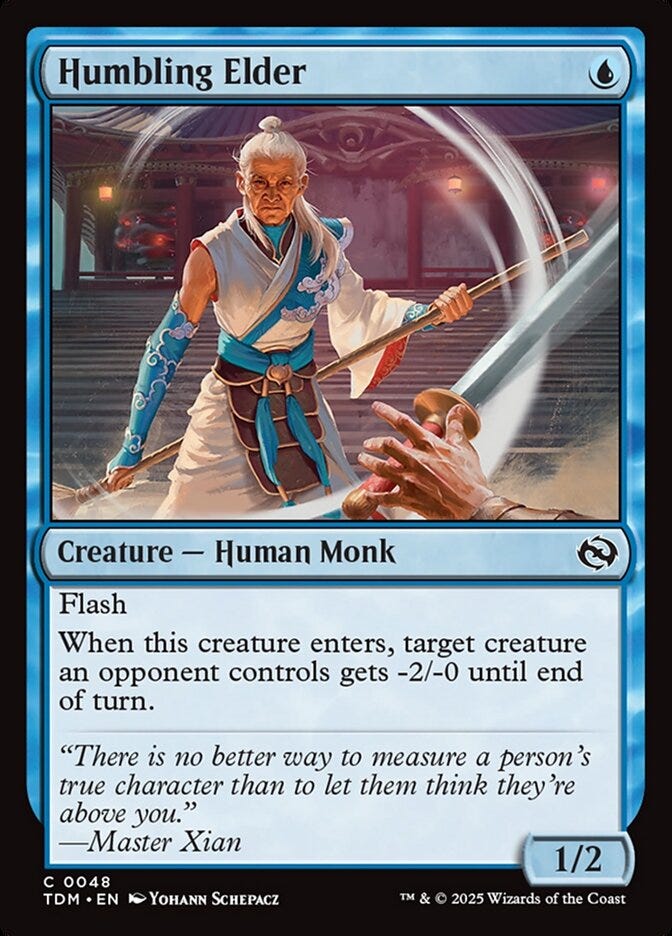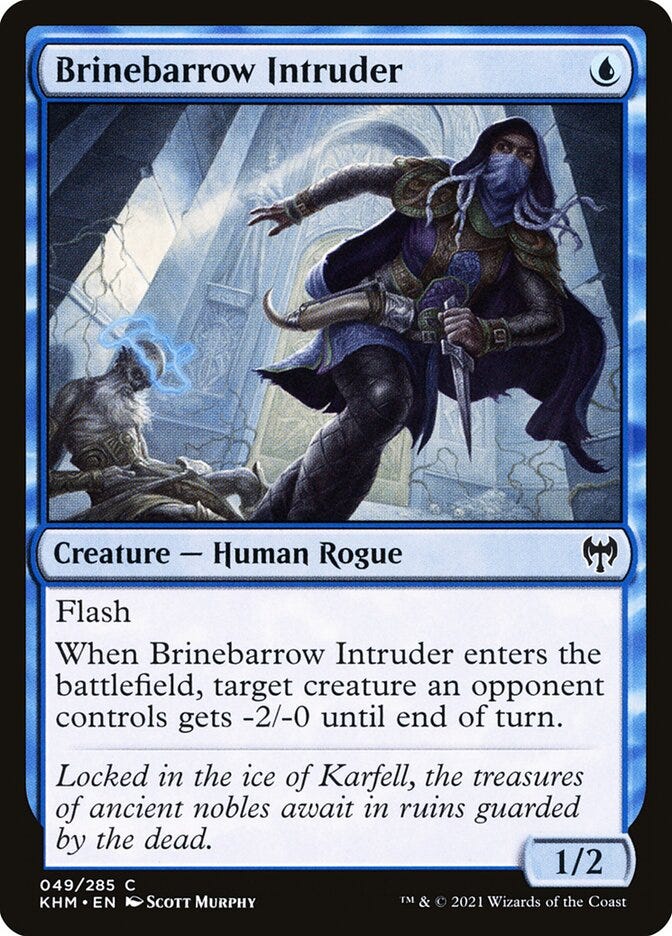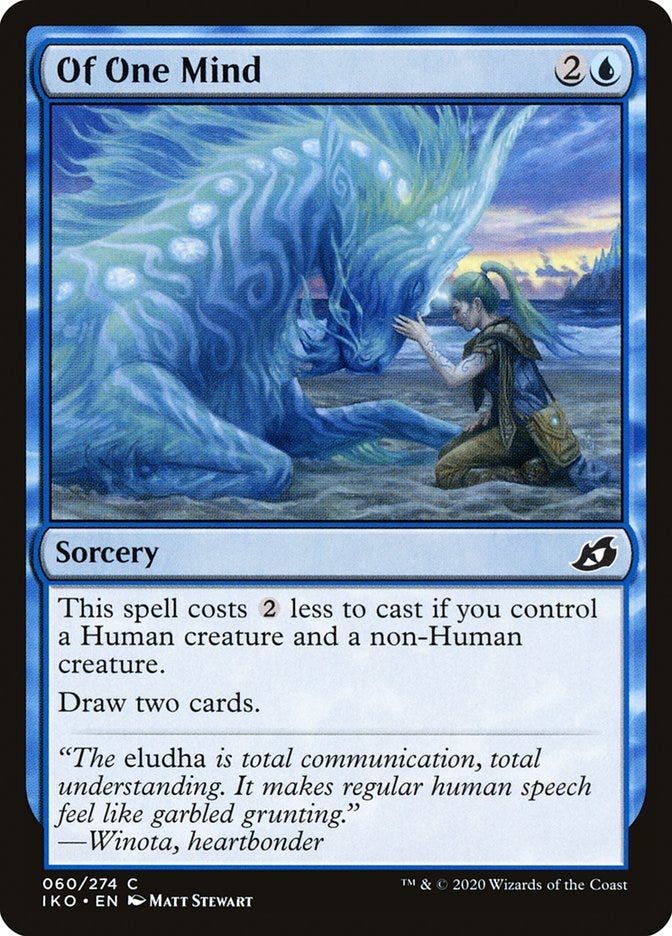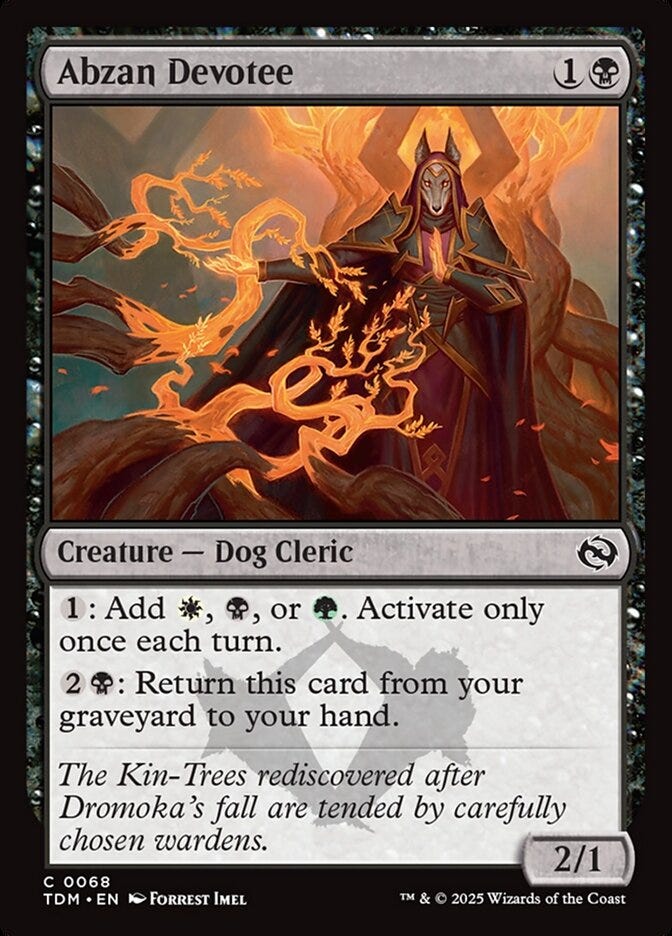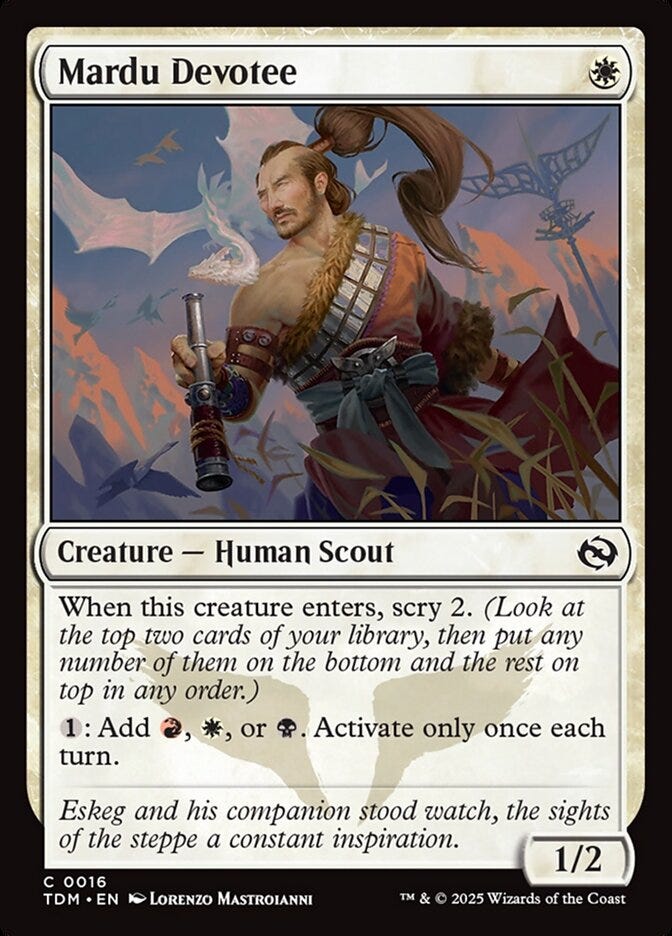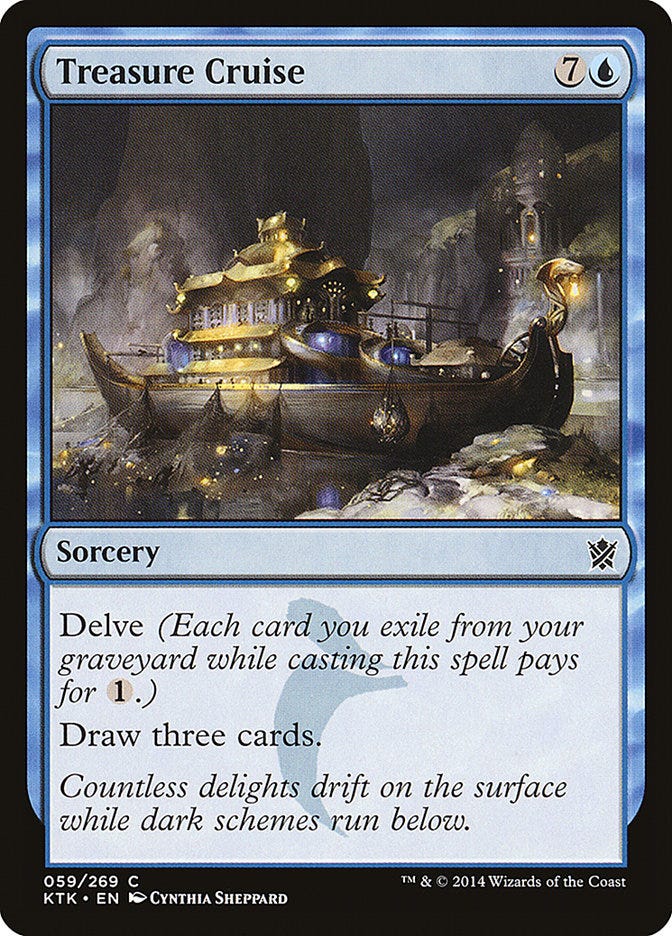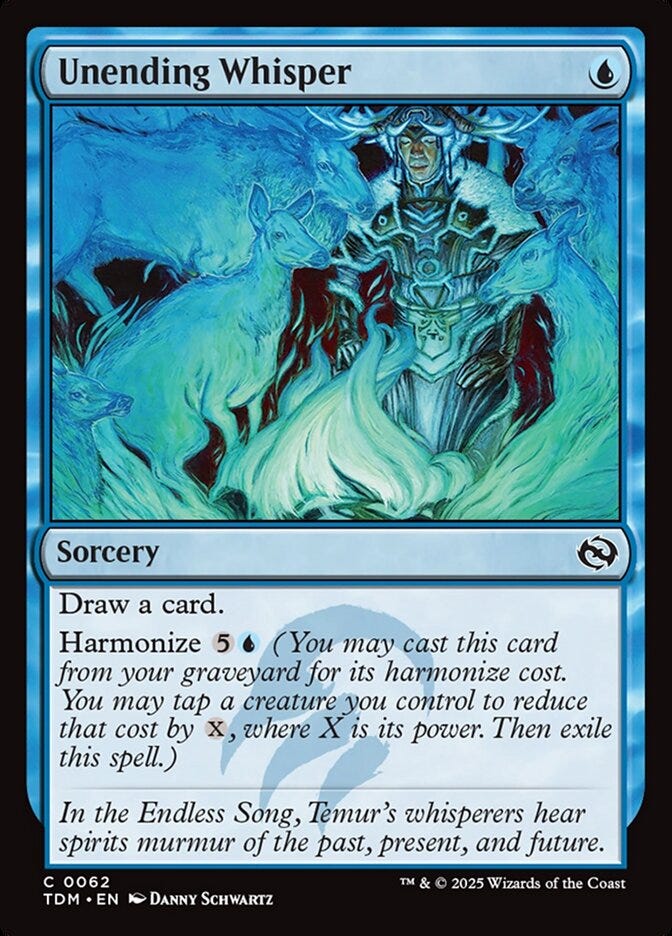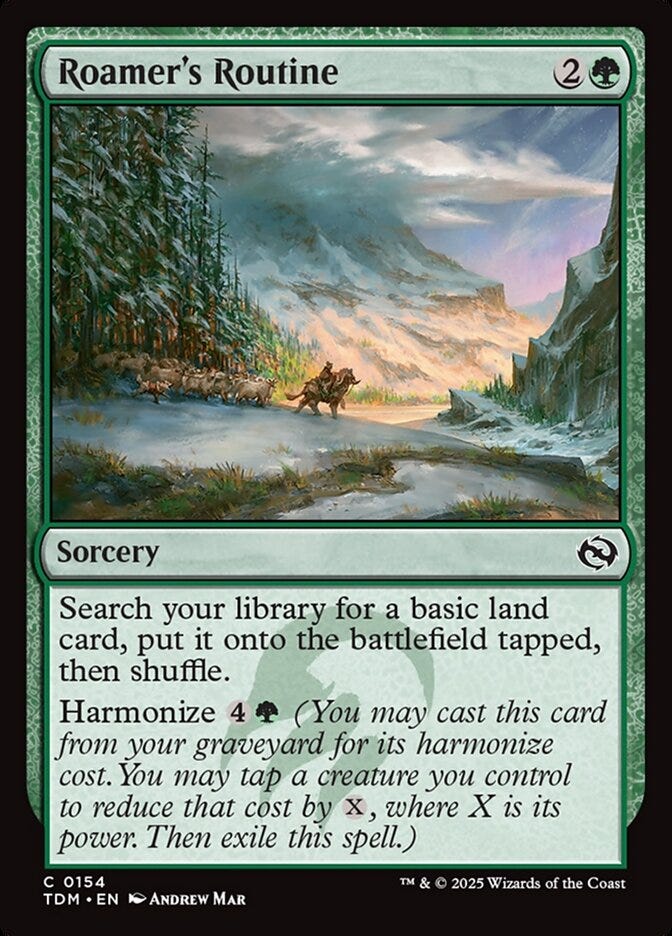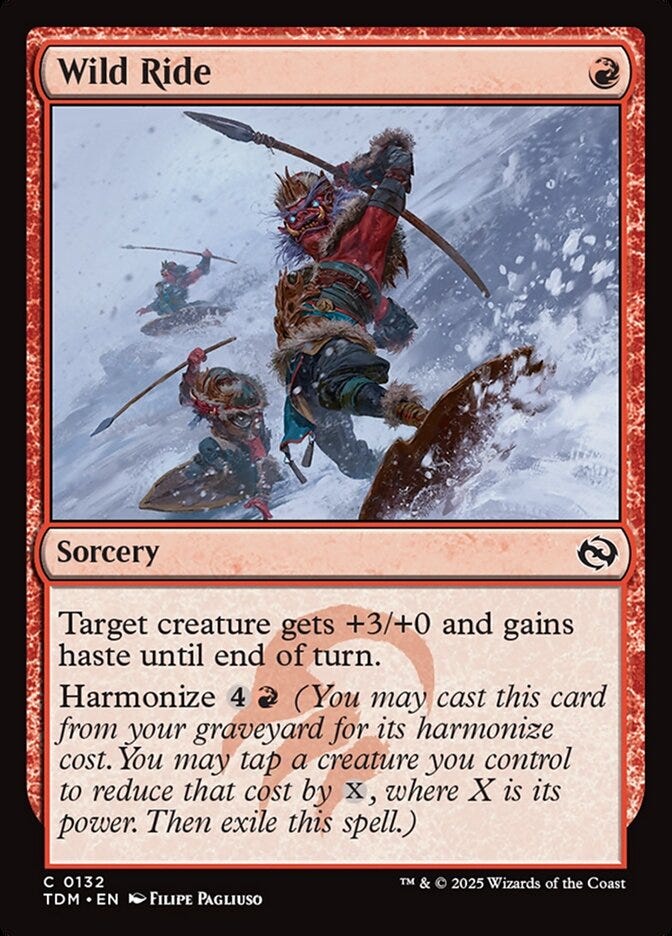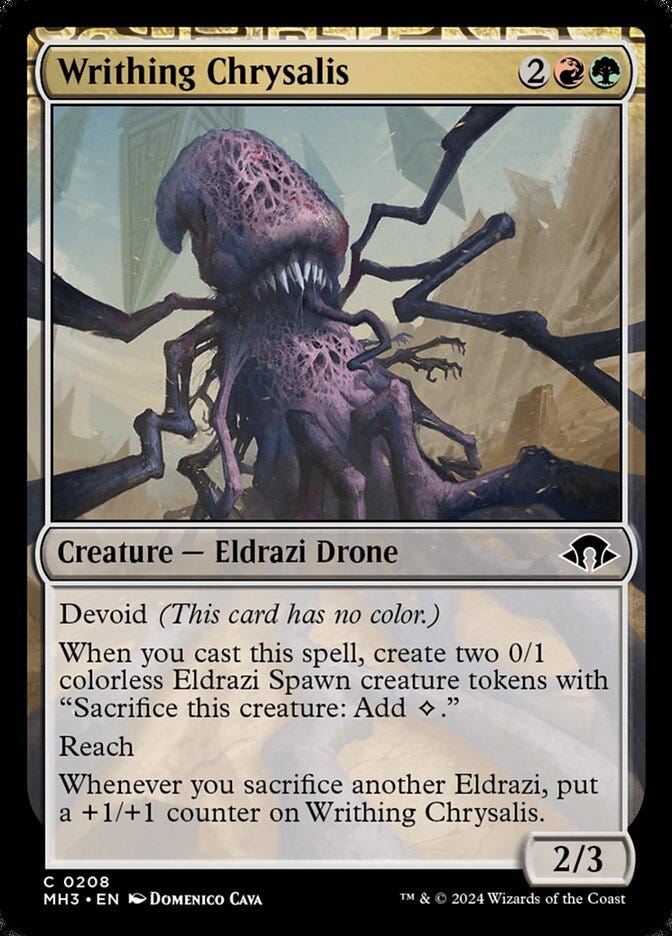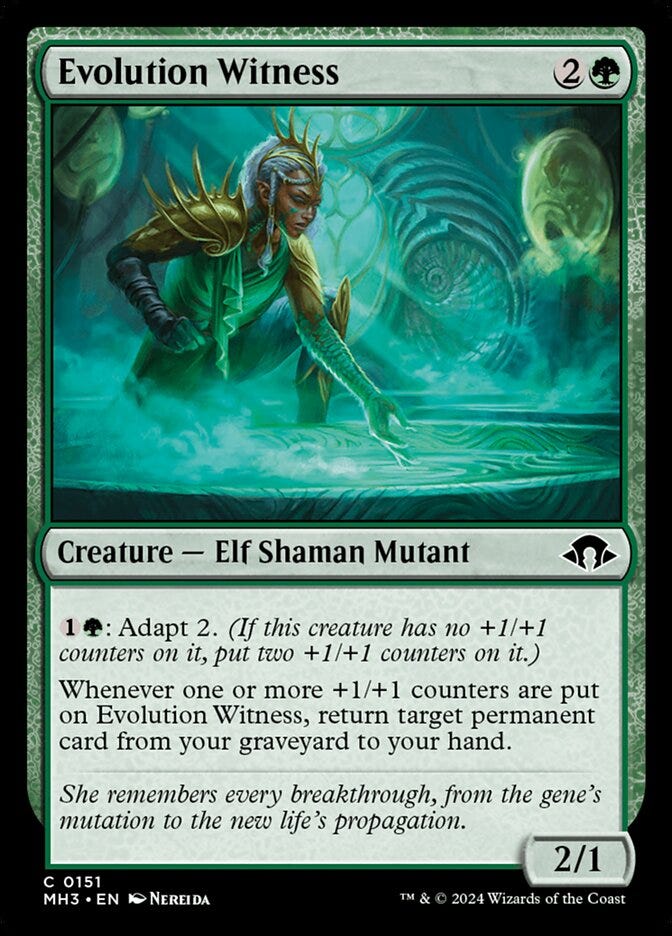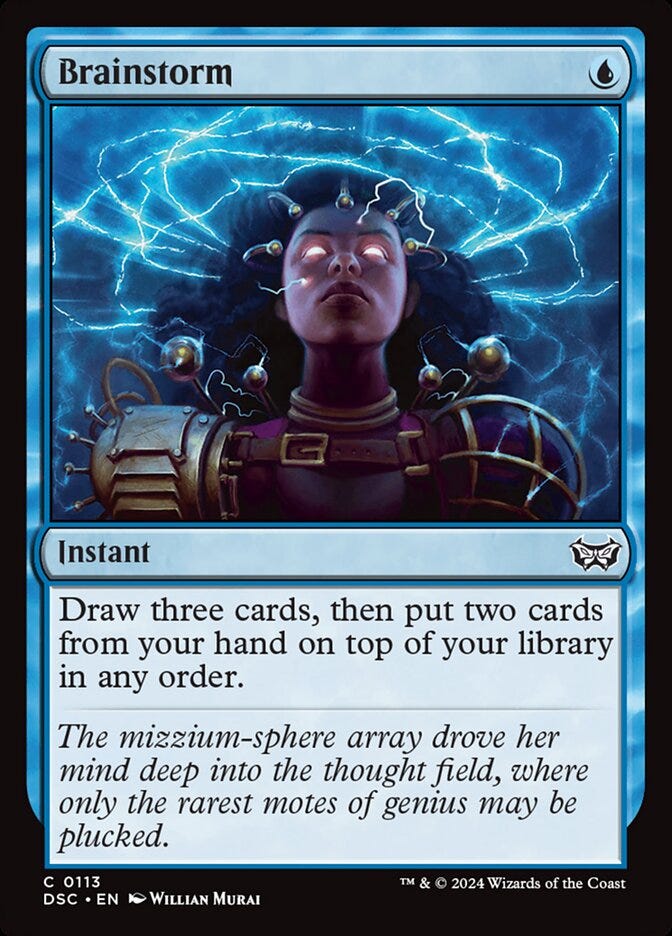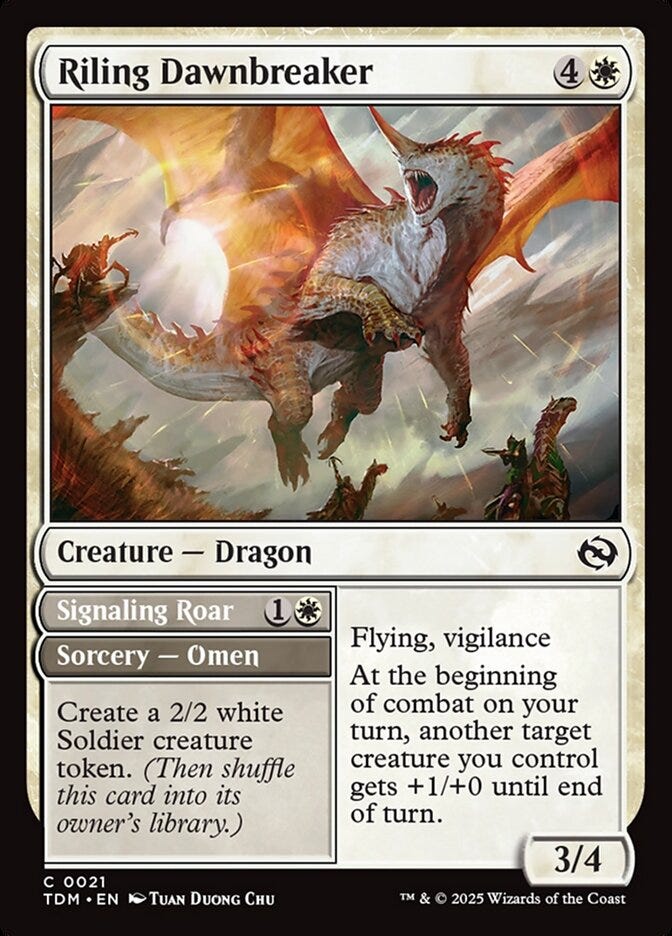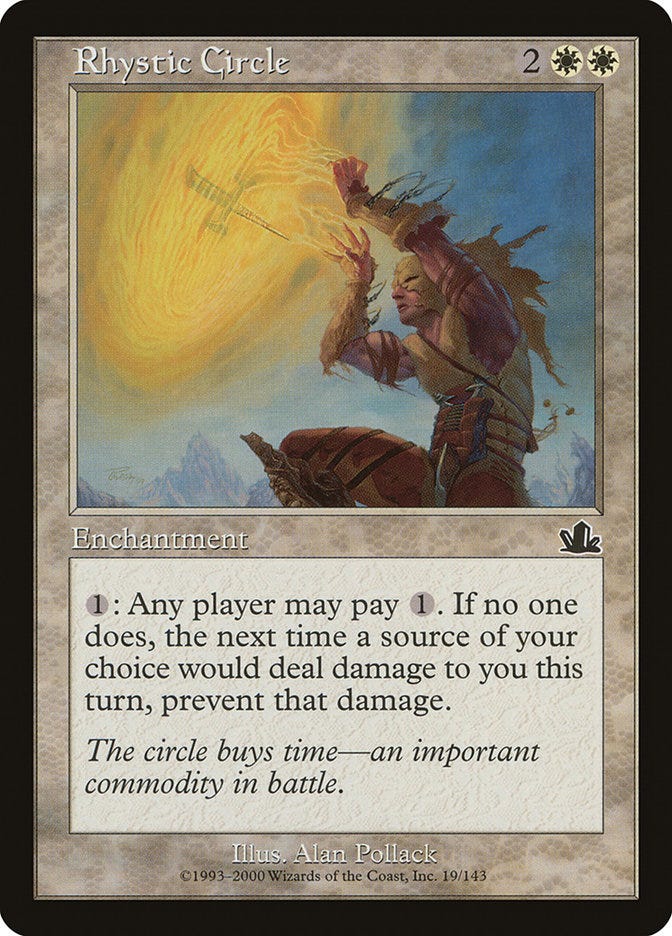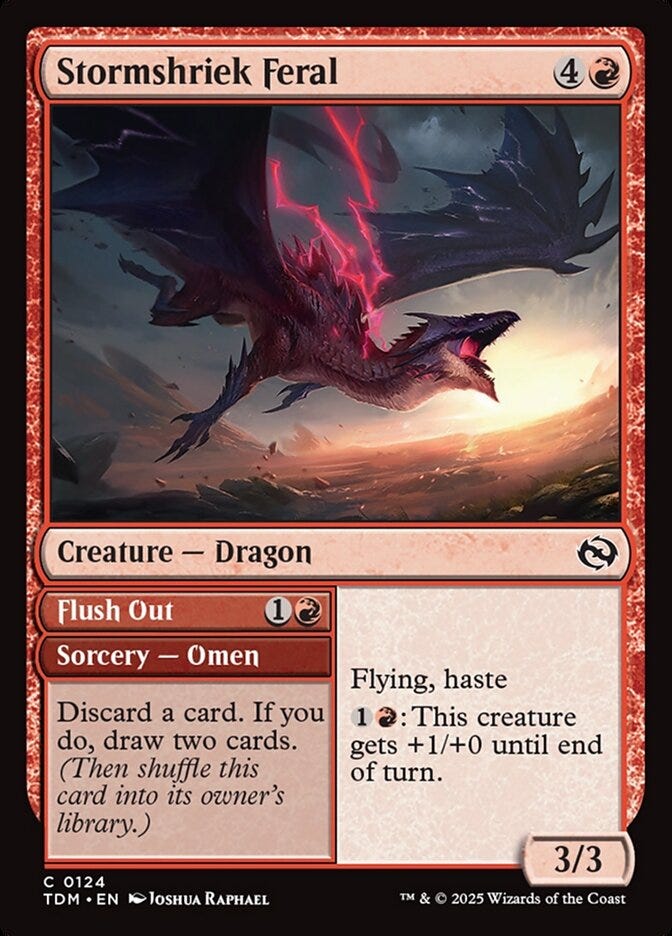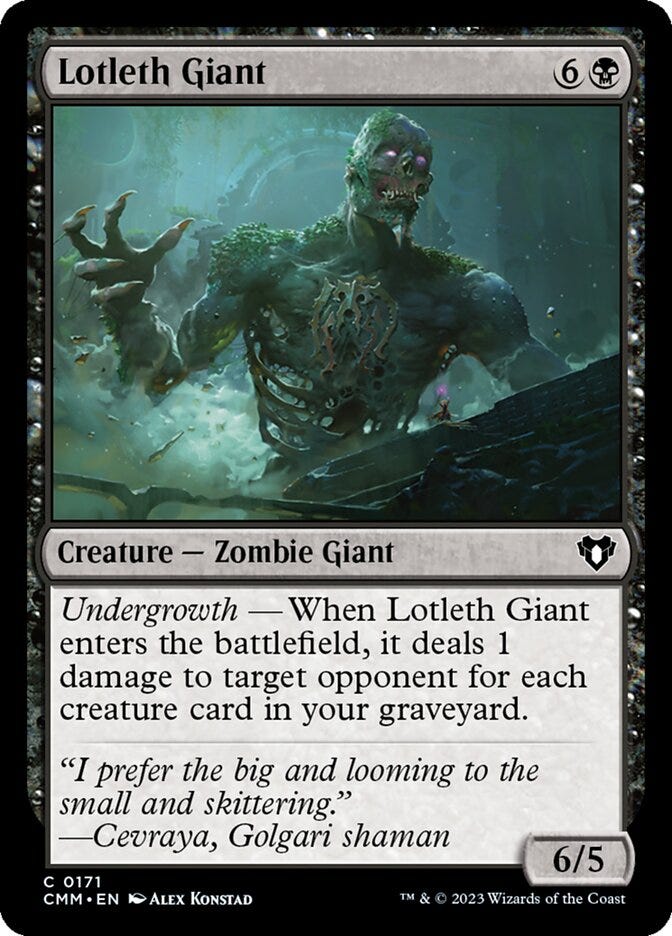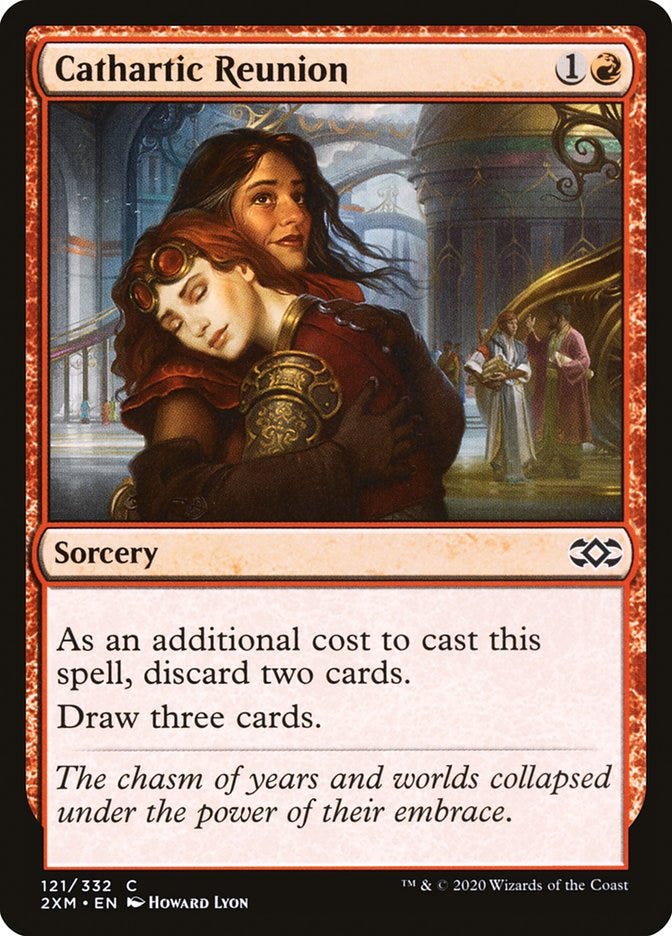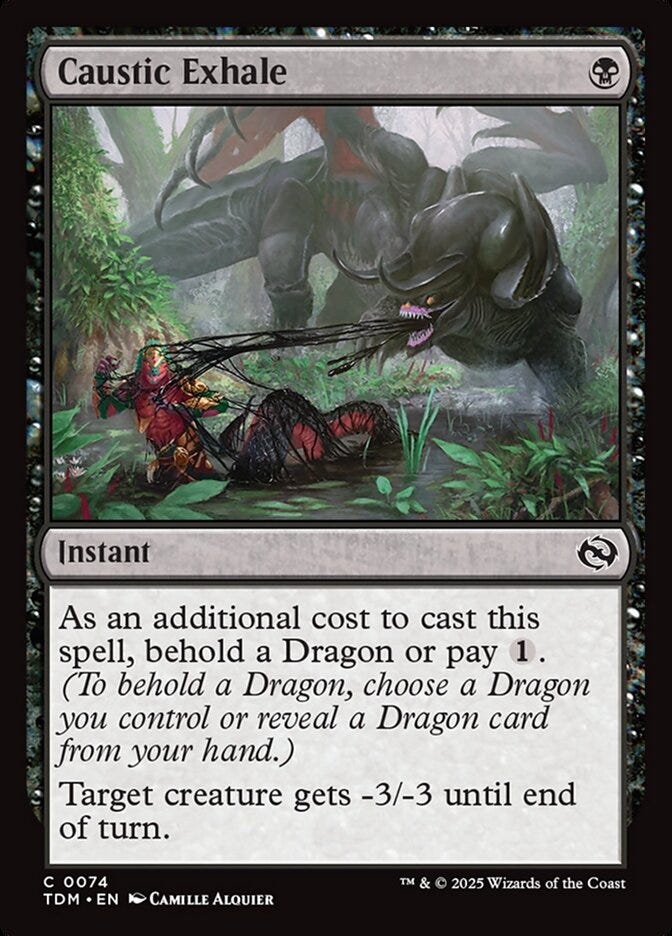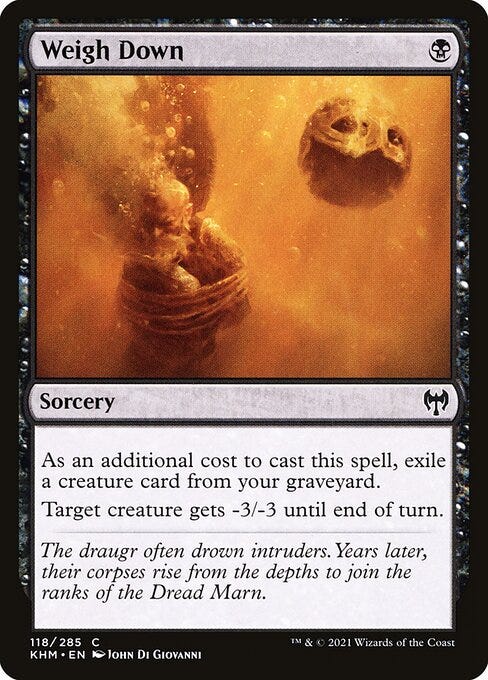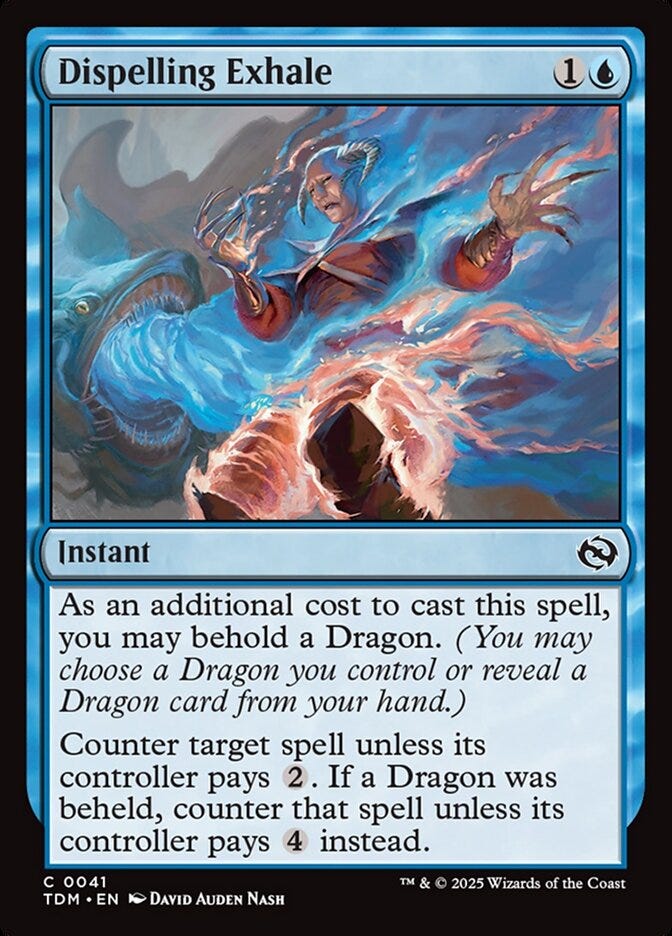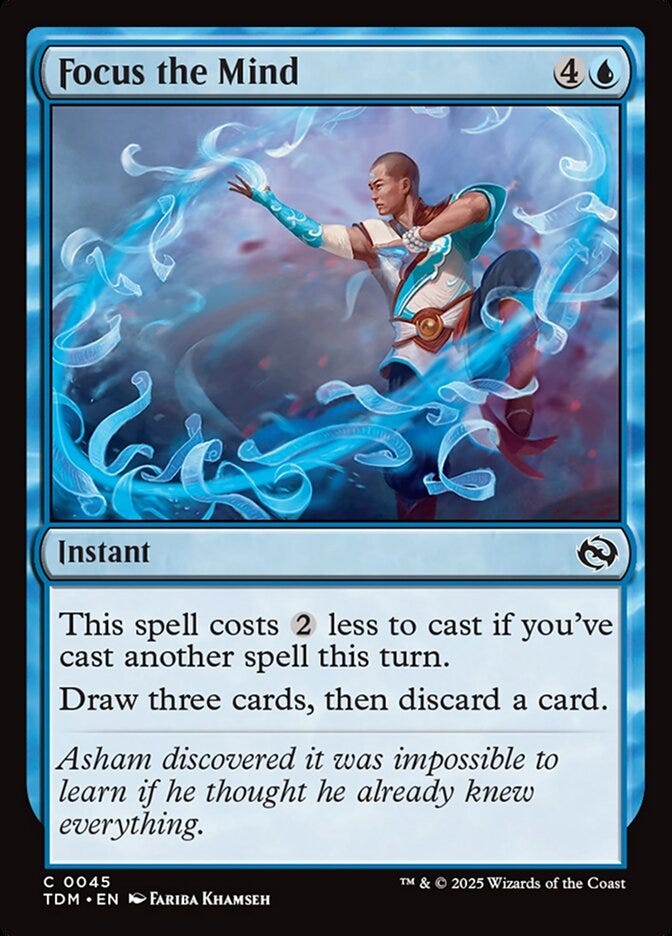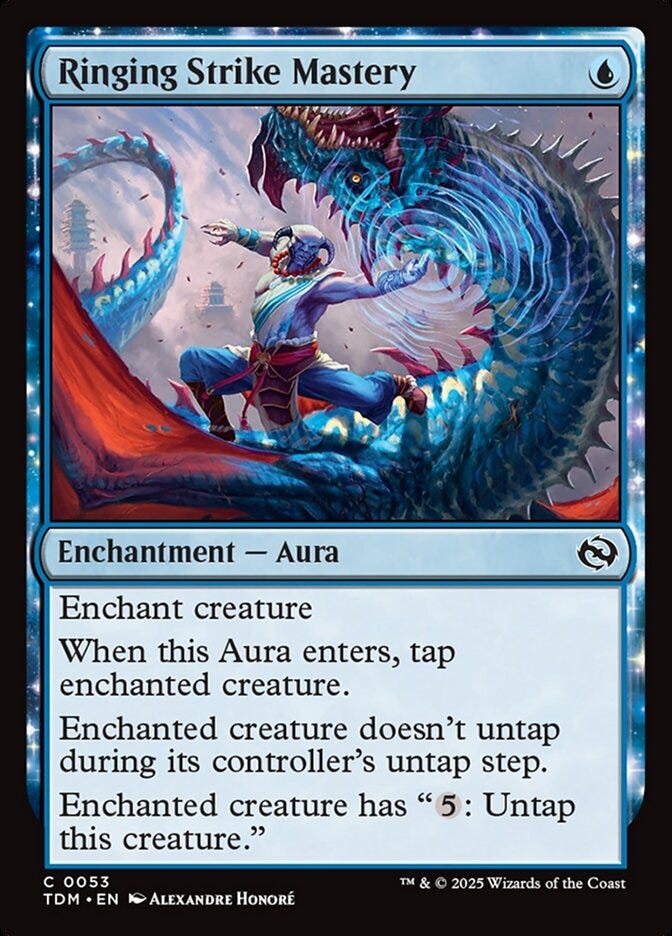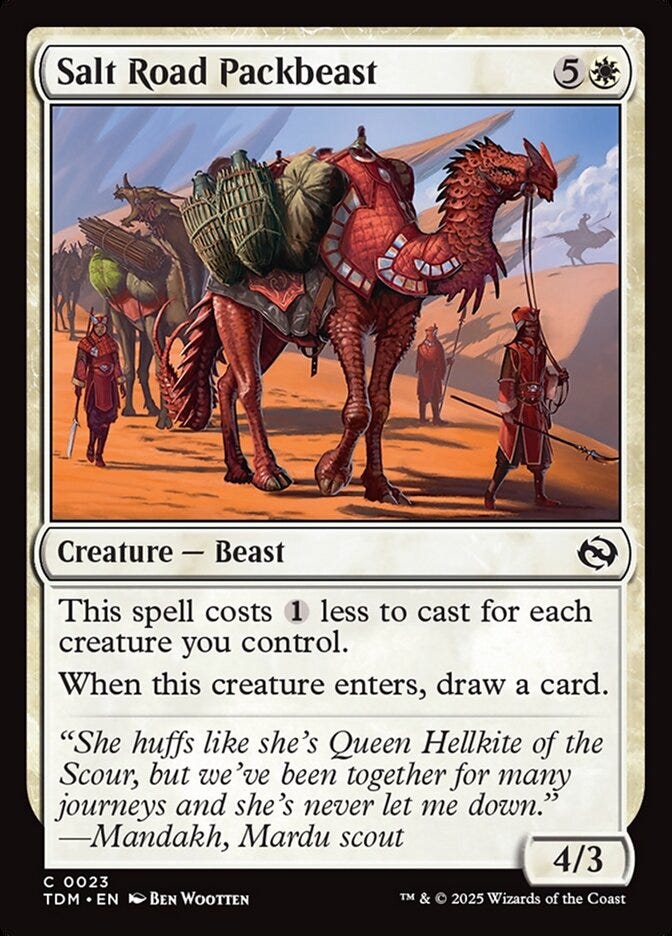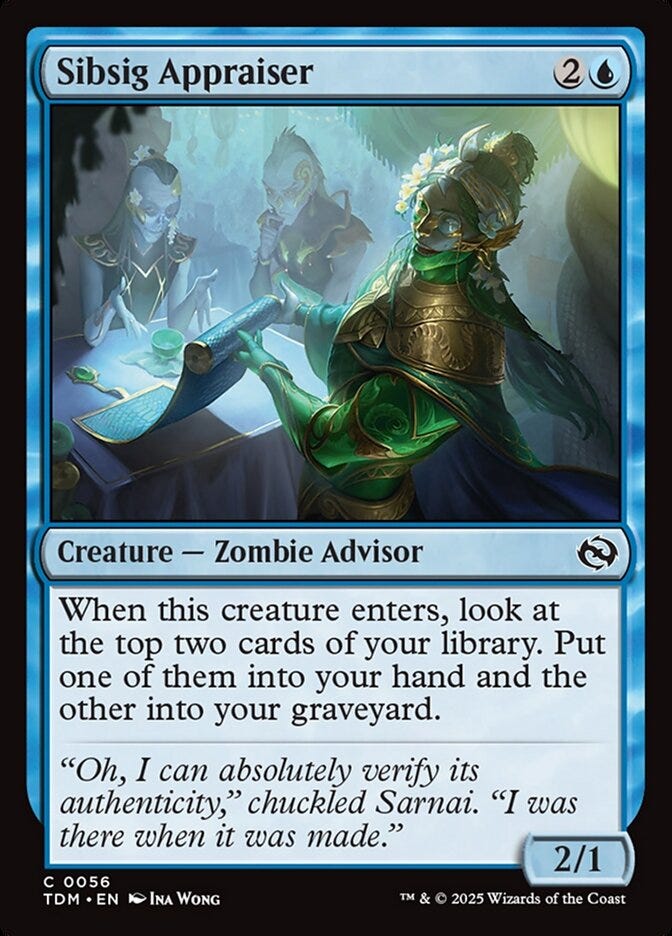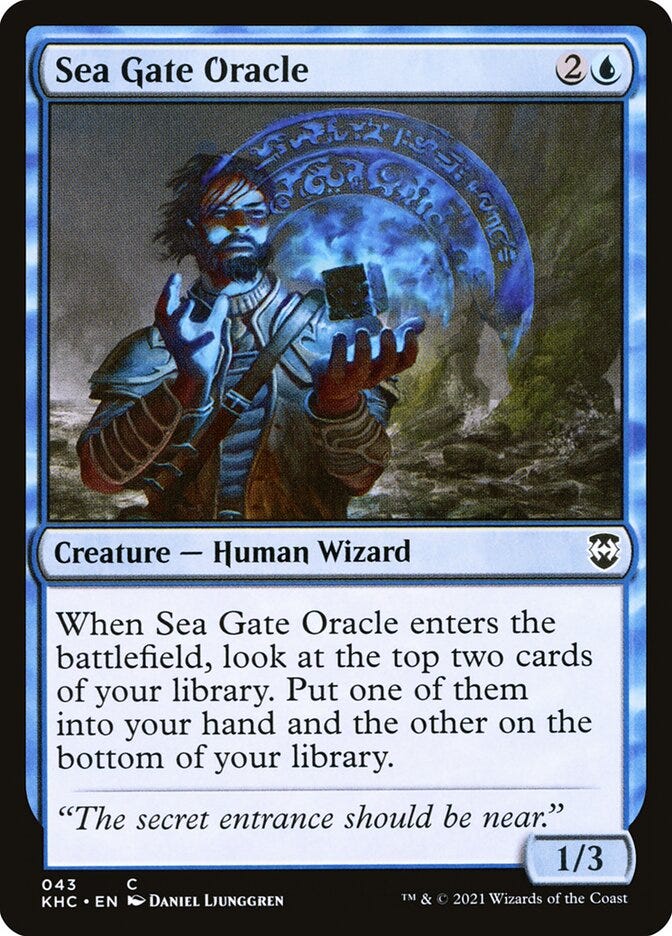Tarkir Dragonstorm Initial Pauper Review
Spoiler season is over for Tarkir Dragonstorm, and soon we’ll be able to get our hands on the full set to play with. For a standard-legal set (especially one without an artifact theme), it has a lot of interesting cards for Pauper, even if no immediate standouts. Then again, who thought Pactdoll Terror was going to have the impact it went on to have?
Functional Reprints
Blanchwood Prowler is a staple in Pauper Dredge lists, and is (aside from being an elemental) functionally the same card. Having more than one of these effects isn’t inconsequential, but Blanchwood Prowler is generally the weakest of Dredge’s two-mana millers. Satyr Wayfinder and Circle of the Land Druid each see 4 cards, and these only see 3. If a list with even more creature millers comes around, this could be a part of it. Until then, you get to put another dog into your dredge list.
Some mono blue fae lists play Cogwork Wrestler, effectively the same but an artifact and not a human. For Of One Mind, having a human on the field is important, and so the Elder will replace the Wrestler there.
Filterers
Sanitarium Skeleton is played in Tortured Existence as fodder to repeatedly discard and rebuy more important creatures.
Abzan Devotee has the same ability, with the downside of a slightly higher mana cost. The good news is, Sanitarium Skeleton is almost never meant to be actually played, so the mana cost is mostly irrelevant. Abzan Devotee though, has some actual utility on the battlefield, as a way to filter mana. Abzan colors are common in Tortured Existence lists, and Abzan Devotee seems to be (mostly) an upgrade in these decks.
Mardu Devotee, compared to the other filterers in this cycle has the benefit of being 1 mana to cast, a spot on the curve of Pauper decks that is easier to fit into. In most white lists, Mardu Devotee will usually be outshone by Thraben Inspector, as the clue is usually more important than scrying 2.
The place where this might not be the case is in decks that run the full Mardu colors. Mardu Metalcraft lists might have use for a utility creature like this, smoothing both draws and colors. It looks to be a solid glue addition to any deck running white, red and black.
Harmonize (What could have been…)
The first time we visited Tarkir, the Sultai Brood had the mechanic Delve, infamous for creating cards like Treasure Cruise and Gurmag Angler. As with any mechanic that uses the graveyard as a resource, in most competitive formats, it was easily broken, and the more powerful of the effects were subsequently banned.
Since then, Wizards has been much more careful when printing graveyard-based effects, wary of accidentally stumbling into the same problem as before. Though this is generally a good thing (we like stable formats here), sometimes they can be a bit too cautious.
Why couldn’t this have been an instant? As a sorcery, its just not strong enough. The obvious candidate is for Tolarian Terror decks, but is tapping your 5/5 to draw a single card really where you want to be? If it was an instant, this cost could be minimized by carefully timing the Harmonize cost, but as a sorcery, it’s just too weak.
It seems like the Harmonize cost of tapping down a creature has generally been offset by only printing it at sorcery speed for commons. It makes sense, to limit the power of the mechanic, but for our purposes its a big letdown. Imagine using Wild Ride as a combat trick for your blocker, then tapping the same creature to pay for the Harmonize cost, giving it +6/+0. It would enable some pretty ridiculous stuff, and would probably be too oppressive for Dragonstorm Limited.
At sorcery speed, they’re interesting cards, but not particularly strong. As with any graveyard-based effect, even weak cards can sometimes find the home to make them make sense, and so I would be remiss to write them off entirely.
Dragons
With Tarkir Dragonstorm, we received a cycle of five common dragons. Attached to them is an Omen spell, similar to the Adventures of Eldraine, except that upon resolution the card is shuffled back into the library. This allows both halves to be individually stronger than an Adventure might be, because you don’t get to use both halves, only one or the other.
Shuffling back into the library comes with its own benefits, though. In doing so, you’re increasing the density of creatures and gas left in the deck, and in some matchups that threaten to take the game long, they can loop while your opponent decks. In limited, with 40 card decks, the potential for abusing this is much higher, and so with this new design space, Wizards was clearly being cautious with how hard they pushed these common dragons.
Lets start with what I think is the worst of the bunch.
Feral Deathgorger is the least exciting of all of the dragons. Its Omen spell is underwhelming, 2 mana for a +1/+1 counter and drawing a card at sorcery speed is hardly what you want to be doing. Six mana for a 3/5 is also a tough sell.
That being said, I’ve seen some people writing off Feral Deathgorger entirely, and I think its too early to say. It has a lot of utility on one card, being able to buff a creature and replace itself, exile problematic cards from graveyards, and hold down the fort on defense. Notably, the 3/5 statline with deathtouch trades favorably with Writhing Chrysalis (as long as its legal).
In a deck that can maximize the +1/+1 counters, perhaps with Evolution Witness, it could find a home.
Dirgur Island Dragon is the only one in the cycle to have an instant-speed Omen, and all-round is perhaps the strongest of the bunch in a vacuum. Tapping down a creature and drawing a card can be solid at buying time for late-game decks, and a 4/4 with Flying and Ward 2 is nothing to scoff at.
It’s worth noting as well that while not unique to the Dirgur Island Dragon, the omens shuffling back into the library has a nice interaction with Brainstorm, one of the staple cards of the format. Being in the same color, I wouldn’t be surprised to see it included in decks alongside Brainstorm.
In some ways, Riling Dawnbreaker is the hardest to evaluate out of the bunch, mostly because its hard to conceive of what deck might want it. White is one of the weakest colors in Pauper, and “Big White” decks that focus on playing larger creatures are almost nonexistent. Riling Dawnbreaker falls into that awkward place.
On the other hand, Riling Dawnbreaker is the only Omen that creates a creature, and while a 2/2 isn’t great, it also isn’t nothing. It isn’t inconceivable to think there could be a late game deck that loops these as its win condition, never decking due to the omen’s effect. Perhaps in a white-based Tron list, using Rhystic Circle.
I’ve seen Sagu Wildling be compared to Generous Ent and the other LOTR landcyclers, and while the reasons for comparison are pretty obvious, it isn’t really on par with the power level of those cards.
Sagu Wildling’s omen cost requires Green, whereas Generous Ent just requires you fetch a forest. Most of the time, Generous Ent’s effect is the better of the two, though Sagu Wildling lets you get an untapped basic of any type.
That being said, Sagu Wildling is without a doubt one of the most interesting of the cycle. The one mana omen effect is very strong, and any deck that wants more creatures without sacrificing land-drops might be interested in its services. Dredge could run some copies of this alongside the 4 Generous Ent and 4 Troll of Khazad-dûm, increasing the consistency of milling creatures.
3/3 is not a great stat line, especially for 5 mana. Still, against mono red or faeries, it presents a significant roadblock in their plans, giving you 3 life immediately and gumming up the board.
I’d imagine we will see a lot of testing of this card. Whether it is good enough to make any lists remains to be seen.
Stormshriek Feral is the dragon I am most excited about in this cycle. We already see Tormenting Voice with upside being played in numerous decks across pauper, from Rakdos Madness to Mono Red Dredge.
The latter especially could benefit from this card. Like its more common Golgari counterpart, Mono Red Dredge wins through reanimating a Lotleth Giant with enough creatures in the graveyard to hit the opponent for lethal damage. Having your Tormenting Voice also count as a creature when its in your graveyard is a big deal. If you cast the Omen, shuffling back into your library is also nice, keeping your creature density high for subsequent milling.
The question is, is it worth it to sacrifice explosiveness for consistency? Stormshriek Feral is not nearly as fast at filling up the graveyard as Cathartic Reunion, but increasing the creature density in the deck makes every mill more effective. It will surely be tested in the coming weeks and months, especially since mono Red Dredge has seen a bit of a surge in popularity as of late.
Depending on how it feels in testing Stormshriek Feral could also find its way into regular dredge, or perhaps birth new variants. Grixis dredge, rakdos dredge, there’s a lot of brewing space to be explored.
Behold
A new keyword, but an old mechanic, behold is a continuation of the trend of shortening the words in the rules text. In general, we’ve seen this mechanic pop up enough times that I’m happy to finally see it get its own keyword, and I love the choice of word. A+ design.
For the cycle itself in Pauper, only two of them are really near strong enough to be significant.
The only one mana card we’ve seen that can give a creature -3/-3 in Pauper is Weigh Down, and Caustic Exhale is a significant jump in power.
Weigh Down’s additional cost is a heavy restriction, making it difficult to play in the early game. Not to mention, it is only at sorcery speed.
Caustic Exhale, though, pretty much overcomes all of Weigh Down’s drawbacks. It’s instant speed. It can be cast as early as turn 1 (with a dragon in hand), and if you don’t have a dragon, its still 2 mana for -3/-3, not great, but not horrible either.
The biggest thing holding Caustic Exhale back is the deckbuilding requirement of dragons. While an efficient and strong removal spell, it isn’t so strong that it pushes you to build around it, and so it depends on the dragons being strong enough to play by themselves. If there is ever a black deck that plays a critical mass of dragons, Caustic Exhale is an automatic four-of.
The only other card in the cycle that warrants mention, Dispelling Exhale is a solid choice in a blue dragon deck, though likely one splashing blue, making Counterspell too difficult to cast.
The Rest
Of all the common Renew cards, Champion of Dusan is the closest to playable. My first thought was in a list like this, using Fetid Gargantua and Evolution Witness in the Arbor Elf Ramp shell. The 3 drop slot is one of the least solidified, and Champion of Dusan provides some solid aggressive stats and late-game versatility.
The easiest comparison for this is Rain of Revelation, a four mana spell that achieves the same effect. In a deck that can consistently trigger the cost reduction, drawing three and discarding one is a very solid thing to be doing at three mana, especially at instant speed. This card by itself can trigger Sneaky Snacker.
Heritage Reclamation is the newest version of Naturalize, this time a Return to Nature with “draw a card” stapled onto the graveyard exile ability. Any deck that wants Return to Nature, this card is a straight upgrade.
Ringing Strike Mastery is a consideration for aggressive blue tempo decks like Mono Blue Fae or Terror, a potential replacement for Bind the Monster. The downside of Ringing Strike Mastery is minimal in these decks, as they want to have won or found a strong foothold in the game before the opponent can afford to untap it.
Cost-reduced creatures have a history of being strong in Pauper, and Salt Road Packbeast’s ability to replace itself upon entering is very valuable, minimizing the fact that it dies to bolt (or Caustic Exhale). The question is, at what mana value is it worth it, and can your deck consistently achieve that? At 3 mana, Salt Road Packbeast is a solid card. At 2 mana, it is a very strong card. In a deck like White Weenie, one that can gum up the board with a bunch of little creatures, Salt Road Packbeast could be very solid. The fact that it survives Breath Weapon is another huge plus.
The obvious comparison for Sibsig Appraiser is Sea Gate Oracle, a card originally printed in Rise of the Eldrazi. It sees play in some slower decks, like Familiars, where its enter the battlefield effect can be repeated through flicker loops.
The differences are small, but important. The benefit of Sibsig Appraiser is that it puts a card into the graveyard instead of on the bottom of the library, but the drawback is its size. 1/3 is a much better stat line than 2/1 in the kind of decks that want this effect, and so it is unlikely that it will see very much use.
In Conclusion…
All in all, Dragonstorm brings some intruiging cards to pauper, though the jury will be out on how impactful they will actually be. Notably, compared to Aetherdrift, the commons in this set show wizards venturing into new and interesting design spaces, and any time a new mechanic or design comes out, the chance of something being stronger than expected is always there. Cards like the Omen dragons offer something that no other cards in the format can do, and for that reason alone they are a boon to pauper as a whole. Even if they don’t end up being playable, they open up all kinds of brewing opportunities (and their showcase frames are sweet).
I started playing magic back in 2015, and Khans of Tarkir was my first real experience with a full set. Siege Rhino was the first card I ever owned a playset of, and so the nostalgia of this set is huge for me. From speaking with many of you, I can tell that a lot of you feel the same way, and really appreciate how it feels like a return to the world design of older sets. If you enjoy this set, and this game, then please show your support at your LGS! We will have less Magic in hats if we show that we want more of this.
Most importantly, though, enjoy it! Magic is a game first and foremost, and if you aren’t having fun, you’re doing it wrong.
Peace.




